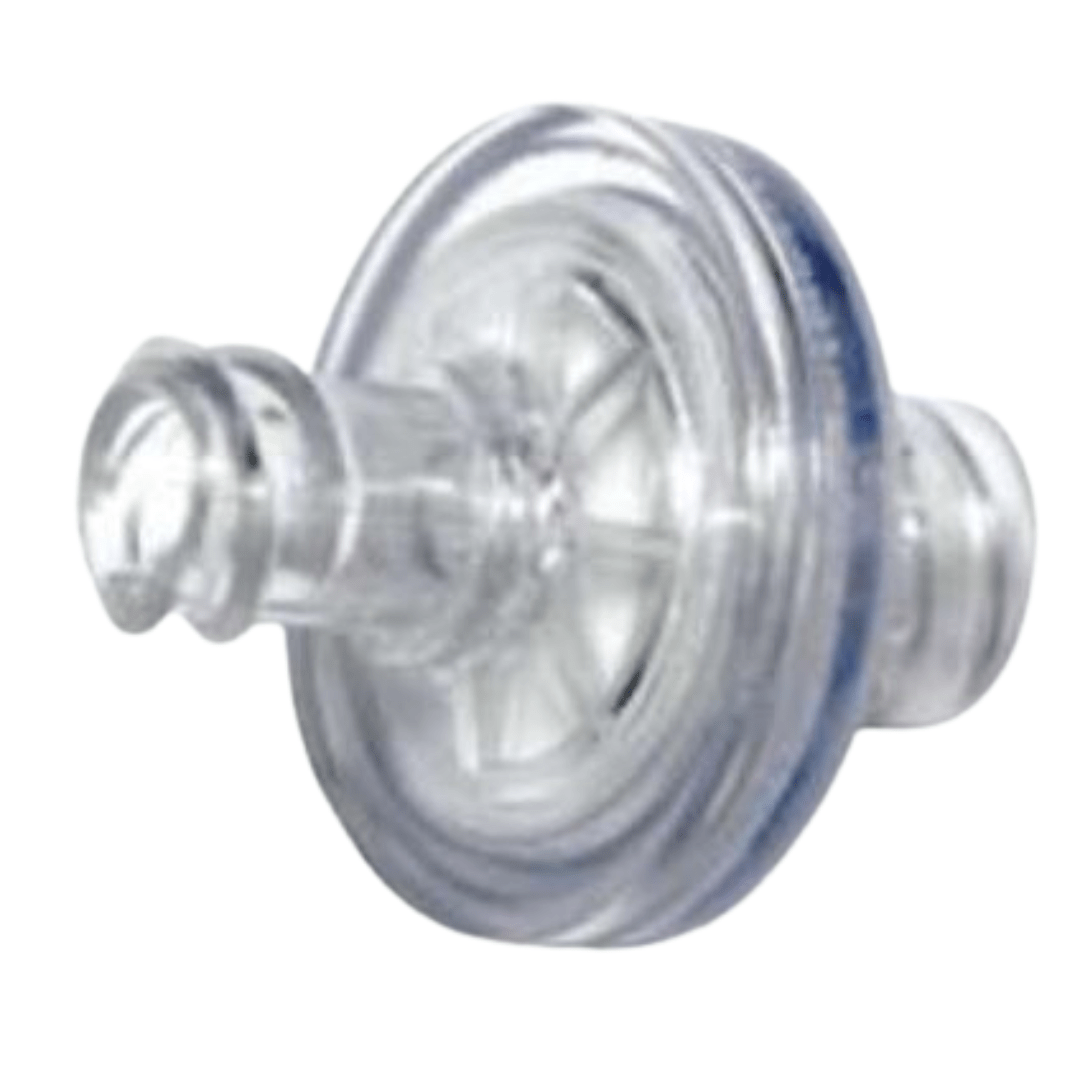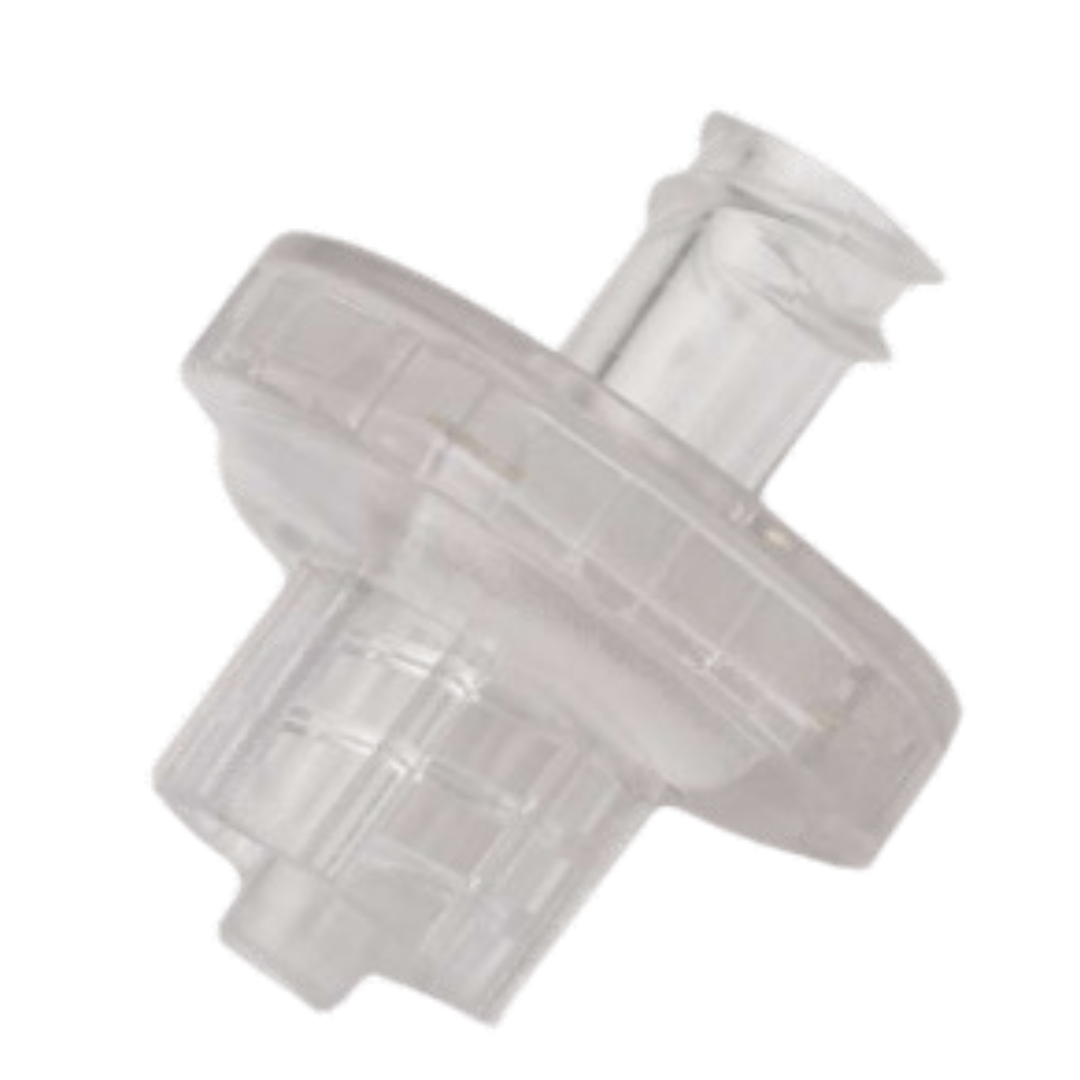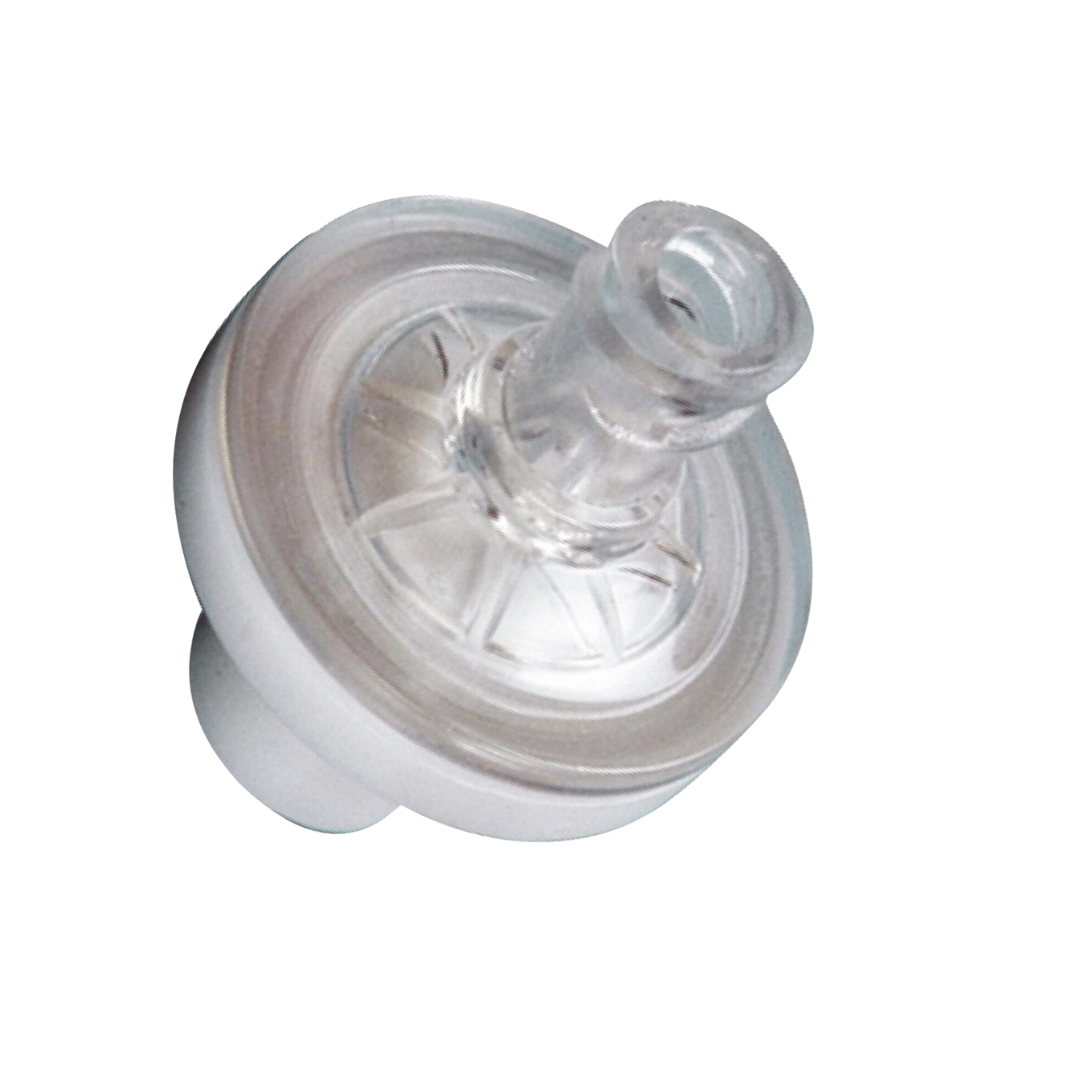In the sphere of healthcare, the minute details matter substantially. One such crucial minutiae is the use of Transducer Protectors in medical equipment. Often overlooked, these simple yet vital components form the bedrock of equipment maintenance and patient safety, particularly in the context of pressure monitoring.
Overview of the importance of transducer protectors in medical equipment
Transducer protectors hold a vital position within the structure of medical equipment functioning. Used in a range of devices, they are an indispensable aspect that:
- Ensures the long-term viability of the equipment
- Safeguards the integrity of equipment operation
- Reduces the chance of equipment failure
Understanding Transducer Protectors
Let’s get straight to understanding transducer protectors and their importance in medical equipment. Basically, transducer protectors are safety tools, that provide protection for complex medical machines from damage. They give health professionals peace of mind, knowing that there is a protective shield in place. What’s interesting is how they work. They allow the required acoustic energy to pass through while carefully blocking harmful elements. And it’s not just about protection – these devices also help maintain the performance of various medical machines, making them an essential part of the medical community. So, we’ve covered the basics of transducer protectors. Let’s now explore why they are so critical to medical equipment.
Explanation of How Transducer Protectors Work in Medical Equipment
Transducer protectors function via a simple yet efficient mechanism. They are incorporated within the pressure monitoring systems and act as a barrier. Once a bodily fluid or any contaminant comes into contact with the protector, it blocks these elements from reaching the equipment’s internal components. In essence, the transducer protector operates as a gatekeeper, meticulously screening and denying unwanted substances, thereby maintaining the cleanliness, functionality, and accuracy of the medical equipment.
Types of Transducer Protectors
In medical applications, transducer protectors are critical components to ensure the reliability and safety of medical transducers. These devices are used to safeguard medical transducers, which are often sensitive instruments responsible for converting one form of energy (such as sound waves or electrical signals) into another (such as electrical signals or visual displays). Here are some types of transducer protectors commonly used in medical settings:
- Ultrasound Transducer Protectors: These specialized protectors are dedicated to shielding ultrasound transducers during imaging procedures. Crafted from water-resistant or waterproof materials, they boast reinforced cables for flexibility and incorporate strain-relief mechanisms, ensuring durability in the demanding environment of medical imaging.
- Temperature Limiters for Thermal Imaging Transducers: Designed to safeguard thermal imaging transducers from extreme temperatures, these protectors feature an automatic shutdown or limitation of operation when temperatures exceed a safe range. This ensures the longevity and optimal performance of thermal imaging equipment.
- Electrostatic Discharge (ESD) Protection: Critical for electronic medical devices, these protectors serve as guardians against electrostatic discharge. Equipped with ESD protection circuits, they prevent damage to sensitive electronic components, ensuring the reliability of transducers in the realm of electronic medical applications.
- Pressure Sensor Protectors: Dedicated to guarding pressure sensors against excessive pressure or spikes, these protectors feature pressure relief mechanisms, overpressure protection circuits, and physical barriers. Their role is crucial in maintaining the accuracy and functionality of pressure-sensitive medical equipment.
- Waterproof or Water-Resistant Enclosures: Engineered to shield transducers from exposure to liquids during medical procedures, these protectors boast sealed or encapsulated designs. They prevent fluid ingress, ensuring the proper functioning of transducers in environments where contact with liquids is inevitable.
- EMI/RFI Filters for Electromagnetic Compatibility (EMC): In the pursuit of electromagnetic compatibility, these protectors are equipped with filters to reduce electromagnetic and radio-frequency interference. This feature is particularly vital in medical applications where accuracy is paramount, and external interference must be minimized.
- Biocompatible Materials: Ensuring the safety of materials in contact with patients, these protectors prioritize the use of medical-grade materials. This prevents allergic reactions or adverse effects, underscoring their role in maintaining patient safety and well-being.
- Shock and Vibration Protection: Engineered to shield transducers from mechanical shocks and vibrations, these protectors incorporate shock-absorbing materials, ruggedized designs, and suspension systems. This comprehensive approach minimizes the impact of physical shocks on the delicate components of medical transducers.
- Hygiene and Sterilization Considerations: With a focus on facilitating easy cleaning and sterilization, these protectors feature smooth, non-porous surfaces. Their designs are compatible with various sterilization methods, ensuring thorough cleaning and maintenance, crucial for maintaining a hygienic environment in medical settings.
Benefits of Transducer Protectors
Transducer protectors stand at the forefront of maintaining medical equipment’s efficacy and safety. These crucial components provide a multitude of benefits that extend beyond simple device protection, contributing positively toward overall patient safety and precision in medical procedures.
- Ensuring Accuracy in Pressure Monitoring Readings: Transducer protectors establish an impermeable barrier, allowing devices to precisely measure biological pressures without the distortion caused by contaminants. This involves preventing the entry of microscopic particles and liquids that could compromise readings, while also maintaining sensor sensitivity for optimal functionality.
- Preventing Damage to Medical Equipment: A key advantage lies in shielding medical equipment from potential damage. Acting as a defensive layer, transducer protectors ward off harmful fluids or particles that could jeopardize device operation. Consequently, they enhance equipment durability, reduce the frequency of replacements, and contribute to operational reliability.
- Enhancing Patient Safety and Reducing Infection Risks: Transducer protectors significantly improve patient safety by acting as barriers against bacterial invasion. This proactive approach minimizes patient exposure to potential pathogens, thereby fostering a safer environment for medical procedures.
Comparison of the pros and cons of various transducer protectors
While all types of transducer protectors play a vital role in medical equipment, each has its own set of advantages and disadvantages. For instance:
- Pressure Transducer Protectors: Provide vital accuracy in measurements but may be complex and require skill.
- Temperature Transducer Protectors: Maintain required medical standards for body temperature but may incur higher costs.
- Fluid Transducer Protectors: Offer low-cost options but are susceptible to clogging and require regular maintenance.
Factors to Consider When Choosing Transducer Protectors
Choosing the right transducer protectors is a nuanced process that transcends aesthetics. Several critical factors should be considered to ensure optimal compatibility and functionality:
- Compatibility with Different Medical Equipment: Ensure that the protectors are designed for the specific devices in use, avoiding interference with smooth operation.
- Ease of Use and Maintenance: Opt for user-friendly designs that require minimal effort for application and removal, subsequently enhancing patient care. Maintenance needs should be reasonable, with protectors requiring minimal cleaning, touch-ups, or replacements.
- Durability and Lifespan: Choose wear-resistant protectors for frequently used medical equipment. This extends their lifespan, saves money, and isn’t solely based on aesthetics. Remember to consider several important factors as well.
Proper Installation and Maintenance of Transducer Protectors
Proper Installation and Maintenance: The effectiveness of transducer protectors is contingent upon their correct installation and consistent maintenance. A meticulous approach to these tasks upholds the accuracy of pressure monitoring systems, ensuring optimal patient safety.
Step-by-Step Guide for Installing Transducer Protectors
- Unpacking: Carefully unpack the transducer protector, avoiding damage to its thin membrane.
- Attachment: Securely attach the protector between the patient’s tubing and the monitoring device.
- Check for Intactness: Verify the protector’s intactness and functionality, as any signs of damage or blockage may hinder pressure readings.
Best Practices for Ensuring Proper Maintenance and Cleaning
Routine maintenance and cleaning of transducer protectors are imperative to prevent biofouling, which could lead to false readings.
- Handling: Always handle the protector with clean, sterile gloves.
- Cleaning: Use only approved cleaning solutions when cleaning.
- Replacement: Immediately replace the protector if any damage or blockage is detected.
- Regular Inspection: Regularly inspect the protector for signs of wear and tear.
An effective maintenance routine significantly prolongs the lifespan of transducer protectors, keeping medical equipment in optimal condition.
Transducer Protectors from Leading Manufacturers
Transducer Protectors
Transducer Protectors, manufactured by the reputed Hanscure Life science Private Limited, have become indispensable tools across various sectors – medical, industrial, marine, automotive, aerospace, laboratory, manufacturing, and scientific research. Serving as critical equipment safeguards, these protectors guarantee accurate measurements, preventing damage and contamination. They easily integrate into any line of medical devices and extend the longevity of transducers. Backed by rigorous testing, they ensure patient safety during all medical procedures, featuring ultrasonically welded membranes for reliable quality. Their sturdy construction provides long-lasting durability with easy installation and maintenance, making them compatible with numerous medical equipment brands.
Transducer Protector UneProtect
The Transducer Protector UneProtect – a high-grade, sterile ultrasound probe cover, is a standout offering from Newtech Medical Devices Pvt. Ltd. Strategically designed to cater to a variety of medical procedures such as hemodialysis bloodlines, this cover presents an antibacterial hydrophobic air filter, ensuring superior protection against bacterial invasion. It comes in special pouch packaging for convenient use and can withstand pneumatic pulsing, courtesy of the sturdy housing. Additionally, the protector can be sterilized to align with varied sterilization methods, adding to its appeal as an all-rounded infection control solution.
Fortify Transducer Protector
 Fortify Transducer Protector by Edges Medicare Pvt. Ltd., conceived for healthcare professionals, offers an efficient and affordable solution in the medical realm across South Africa, Nigeria, and Kenya. Distinct for its safeguarding hydrophobic barrier protection, it eliminates the possibilities of fluid transfer and contamination between patients and dialysis machines, a crucial requirement in hemodialysis procedures. The Protector’s ultralight, sturdy build resists pneumatic pulsing, preventing any displacement during procedures and ensuring accurate pressure monitoring. Along with a robust finger grip for precise handling, it incorporates a female luer lock and male luer slip for secure connections, upholding international medical equipment quality standards.
Fortify Transducer Protector by Edges Medicare Pvt. Ltd., conceived for healthcare professionals, offers an efficient and affordable solution in the medical realm across South Africa, Nigeria, and Kenya. Distinct for its safeguarding hydrophobic barrier protection, it eliminates the possibilities of fluid transfer and contamination between patients and dialysis machines, a crucial requirement in hemodialysis procedures. The Protector’s ultralight, sturdy build resists pneumatic pulsing, preventing any displacement during procedures and ensuring accurate pressure monitoring. Along with a robust finger grip for precise handling, it incorporates a female luer lock and male luer slip for secure connections, upholding international medical equipment quality standards.
Transducer Protectors
 MEDITECH DEVICES PVT LTD, one of leading manufacturers, provides a comprehensive selection of durable and cost-effective Transducer Protectors for industries, healthcare facilities, and medical equipment providers. Epitomizing high performance and reliability, these protectors have been crafted from premium materials and provide excellent protective barriers for pressure monitoring while preventing contamination and infection during hemodialysis procedures. Meeting international standards, the protectors undergo rigorous testing to maintain the integrity of the transducers and assure accurate and reliable measurements for ultrasound machines or other medical equipment.
MEDITECH DEVICES PVT LTD, one of leading manufacturers, provides a comprehensive selection of durable and cost-effective Transducer Protectors for industries, healthcare facilities, and medical equipment providers. Epitomizing high performance and reliability, these protectors have been crafted from premium materials and provide excellent protective barriers for pressure monitoring while preventing contamination and infection during hemodialysis procedures. Meeting international standards, the protectors undergo rigorous testing to maintain the integrity of the transducers and assure accurate and reliable measurements for ultrasound machines or other medical equipment.
Conclusion
In summary, transducer protectors emerge as indispensable components in the realm of medical equipment, particularly in pressure monitoring applications. Their paramount role in maintaining the accuracy and longevity of pressure monitoring devices underscores their considerable value. These essential elements act as protectors, preserving the equipment from fluid contamination, ensuring its functionality, enhancing its longevity, and ultimately reducing the frequency and costs associated with device replacements.


